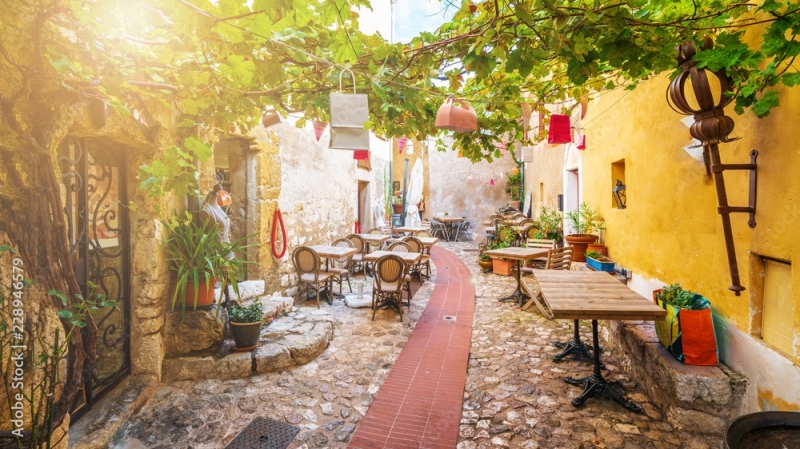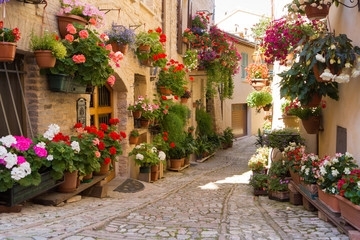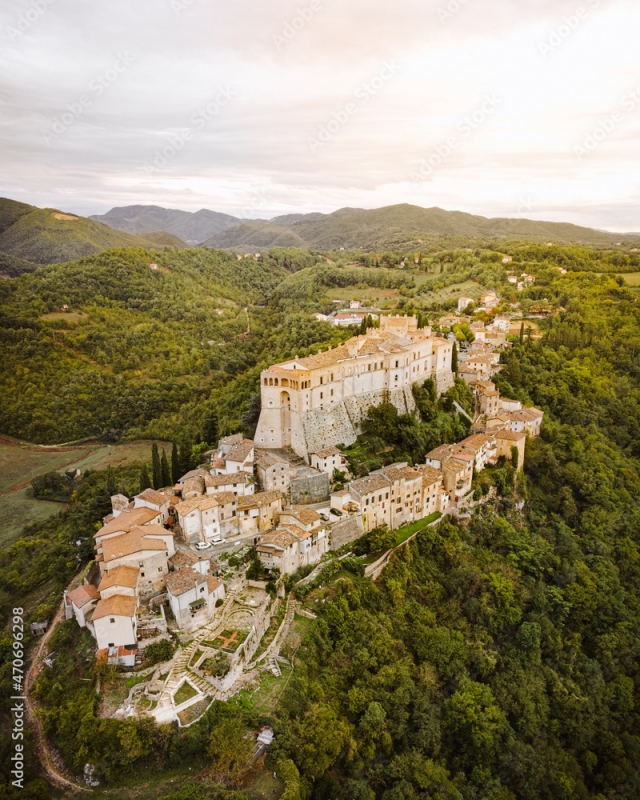Emilia-Romagna A journey through art, culture and taste!
Welcome to Emilia-Romagna, a region full of hidden treasures and enchanting villages that will take you on an unforgettable journey to the heart of Italy. From ancient castles to picturesque historic centres, each village tells a fascinating story and offers unique experiences for all visitors.
Here you can discover the secrets of villages such as Brisighella, with its characteristic medieval streets and the evocative Rocca Manfrediana which dominates the surrounding landscape. Or Gradara, with its romantic castle that inspired the pages of the famous love story of Paolo and Francesca.
But Emilia-Romagna is the Paradise of Flavors, as well as history and art, a land of authentic flavors and culinary traditions renowned throughout the world. From Parma, home of the famous ham and parmesan cheese, to Modena, with its delicious balsamic vinegar, each village offers a unique gastronomic experience that will delight your senses. Get ready, therefore, to experience an extraordinary journey among the enchanting villages of Emilia-Romagna. Discover the timeless beauty of these places and let yourself be won over by their authenticity and charm.
Saint Leo
San Leo
“The most beautiful city in Italy”, so Umberto Eco defined the village of San Leo in Emilia Romagna. Two churches, a square, a fortress and a rocky spur 600 meters above sea level make this village a place out of time. Seeing it so peaceful today, it is not believed that San Leo over the centuries has been nothing more than an extraordinary military fortress and a war machine aimed at anyone who claimed to have conquered Montefeltro and the Marecchia valley. But you understand immediately when you climb to the top, among the gentle hills of Montefeltro. When the road becomes steep and the outline of the town appears, it almost looks like a ship lost in the mist of the sea, a vision that over the centuries has fascinated Dante, attracted San Francesco, terrified Cagliostro.
The historic center is accessed via a single road carved into the rock. After passing the Porta di Sopra with the Torrione Trincera you arrive directly in the square of San Leo. Piazza Dante with Palazzo Nardini on the left, the classic fountain is the center of the village and a reference point for tourists and leontini and is located where in the Middle Ages there was the tree of the community of San Francesco. , the oldest church of San Leo and Palazzo Mediceo. Then go up to the Cathedral and the Civic Tower, the latter, circular inside the Tower, is a centuries-old symbol of the village. Anchored directly to the rock on which the Cathedral is also built. If you raise your eyes to the sky, from any point of San Leo you can see the Fortress, an admirable meeting point between nature and art. To get to the Fortress you have to make a strenuous climb on foot or with a shuttle that leaves from the square. San Leo can only offer extraordinary gastronomy. Fresh pasta, cured meats and meats are the protagonists of the table. Typical of San Leo are the tortelloni stuffed with chard and ricotta.
Compiano
Compiano is a delightful medieval village on the first hills of the province of Parma with just over 1000 inhabitants. It rises 500 meters above sea level and was for many years the hub of a small independent principality and which is said to have been the origin of the title of "Prince" of the royal family of Monaco. What to see in the village, first of all the Castle, inside you can visit the Gambarotta Collection, consisting of eighteenth-century furnishings and paintings bequeathed to the Municipality by the last owner of the manor, Countess Raimondi Gambarotta.
Walking in the small village of Campiano it is easy to meet the Orsanti Museum, housed in a deconsecrated church and dedicated to the original wanderers of the place who from the mid-18th century to the mid-20th century traveled the streets of all of Europe earning a living with the square shows. The Girovaghi Festival is organized in memory of them.Among the other experiences not to be missed in Campiano we suggest a walk in the narrow lanes of the village, overlooked by the noble palaces, the houses with slate roofs interspersed, here and there, by wonderful glimpses of the surrounding area. We also suggest a visit to the area surrounding the hamlet Compiano in fact it is inserted in a natural context among the most classic of the Parma Apennines in an area full of places to relax on foot, by bicycle or on horseback, natural oases and a territory of choice for the PORCINO MUSHROOM
Montechiarugolo
Montechiarugolo 16 kilometers from Parma. The village keeps its medieval structure unaltered and is organized around the Castle. Montechiarugolo is one of the "most beautiful villages in Italy". Leaving the main street, via Solari, we turn into via Margherita, with its many colorful houses, and enter the village, the town is the setting for the characterizing element of the center, the Castle, excellently preserved, with the high and mighty walls, the elegant gardens, drawbridges, cannonballs and eighteenth-century statues, joins the interior that offers important pieces of furniture and valuable frescoes.Among the other architectural pearls of the village there are the Civic Palace and the Parish Church of San Quintino , with Byzantine shapes on the outside and classical-style inside, which houses valuable terracotta works and frescoes from the 15th century.
Those who stop in Montechiarugolo must absolutely taste the Tortelli d'erbetta, served drowned in butter and washed down with a good Lambrusco




